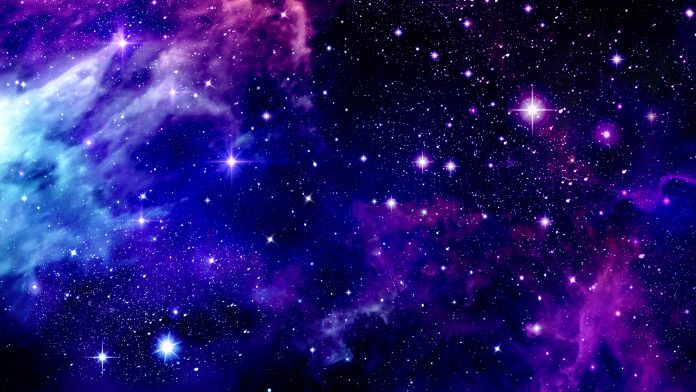Researchers have been successful in ascertaining the age of some of the oldest stars in our galaxy with extraordinary accuracy by merging data from the stars’ oscillations with information about their chemical composition.
The team, led by researchers at the University of Birmingham, studied approximately one hundred red giant stars, and succeeded in ascertaining that several of them were initially part of a satellite galaxy called Gaia-Enceladus, which collided with the Milky Way early in its existence.
The findings, published in Nature Astronomy, showed that the group of stars studied are all of similar ages, or are marginally younger than most of the stars known to have begun their lives in the Milky Way.
By the time of the collision, the Milky Way was already forming stars proficiently, the majority of which are now located within its thick disc, one of the two disc-like structures that form the Galaxy.
Lead author on the paper, Josefina Montalbán, commented: “The chemical composition, location and motion of the stars we can observe today in the Milky Way contain precious information about their origin. As we increase our knowledge of how and when these stars were formed, we can start to better understand how the merger of Gaia-Enceladus with the Milky Way affected the evolution of our Galaxy.”
To attain the calculations, the researchers utilised a combination of asteroseismology data from the Kepler satellite and data from the Gaia and APOGEE instruments. All three are set up to collect data in order to assist scientists in the mapping and characterising of stars in the Milky Way.
Asteroseismology is a new method that assesses the relative frequencies and amplitudes of the natural modes of oscillation of the stars. This facilitates scientists to gather information about the star’s size and internal structure, which allows for precise approximations of the star’s age to be made.
The team utilised information on the individual oscillation modes of each star, as opposed to the averaged properties of their pulsations. As well as this, they could then use asteroseismology along with spectroscopy to facilitate the chemical composition of the stars to be evaluated.
Co-author, Professor Andrea Miglio, at the University of Bologna, said: “We have shown the huge potential of asteroseismology in combination with spectroscopy to deliver precise, accurate relative ages for individual, very old, stars. Taken together, these measurements contribute to sharpen our view on the early years of our Galaxy and promise a bright future for Galactic archeoastronomy.”









